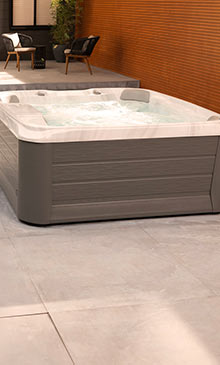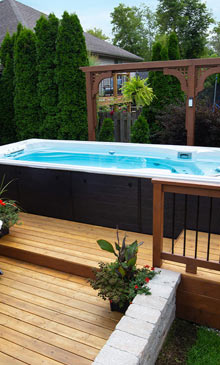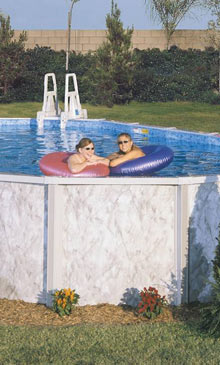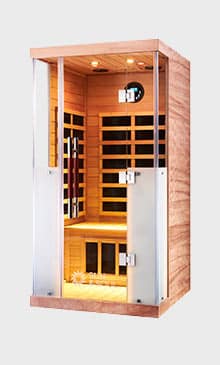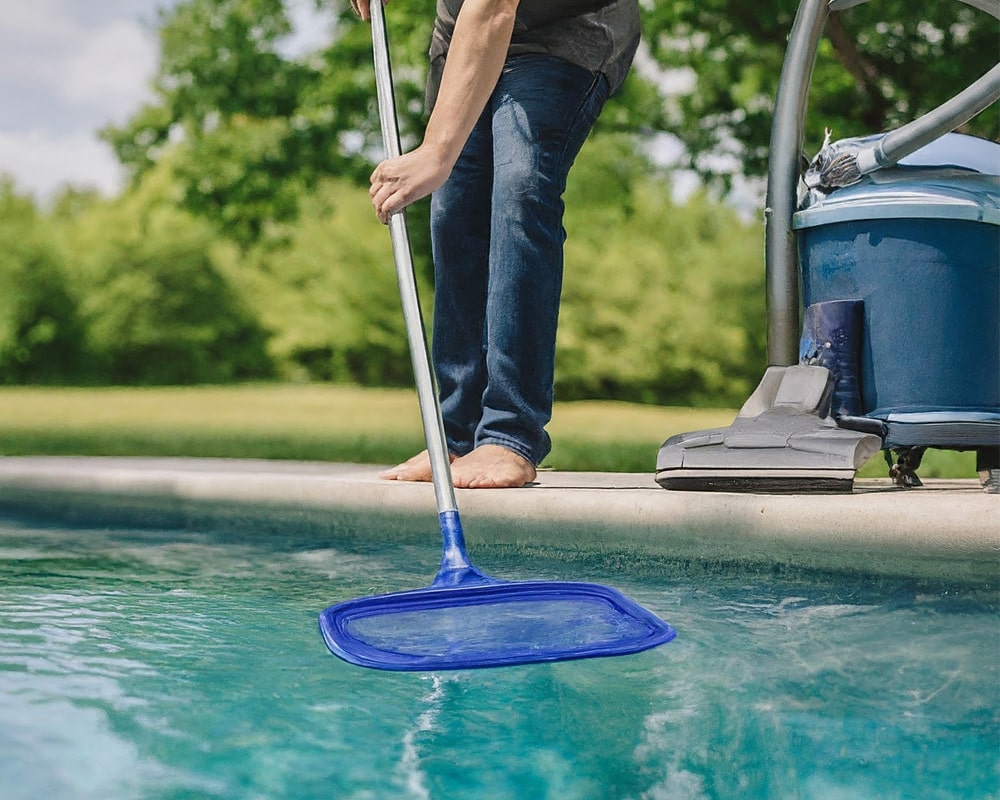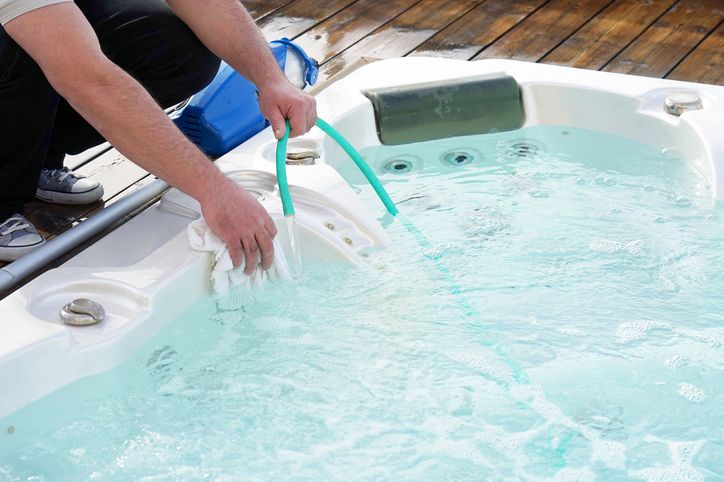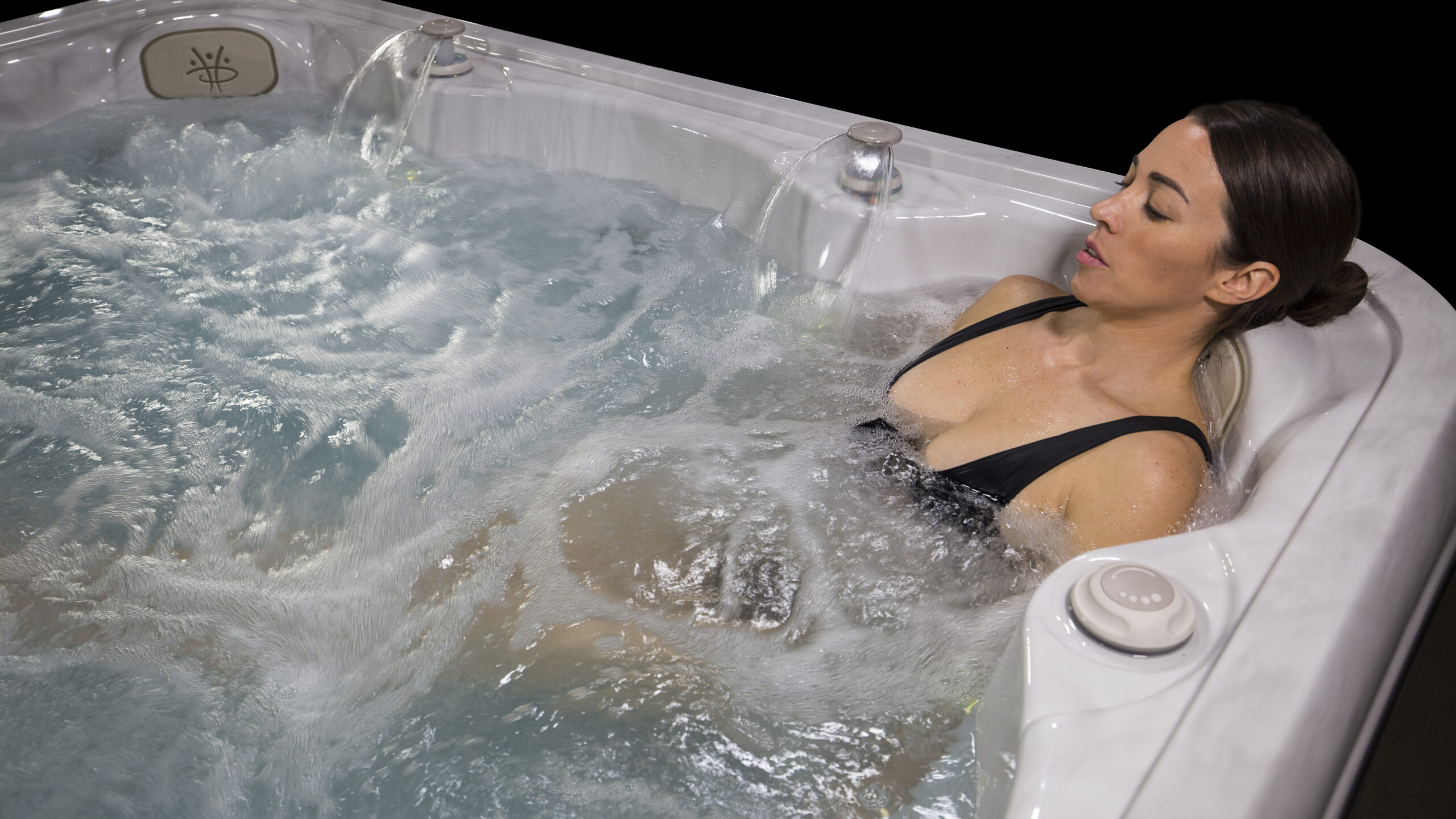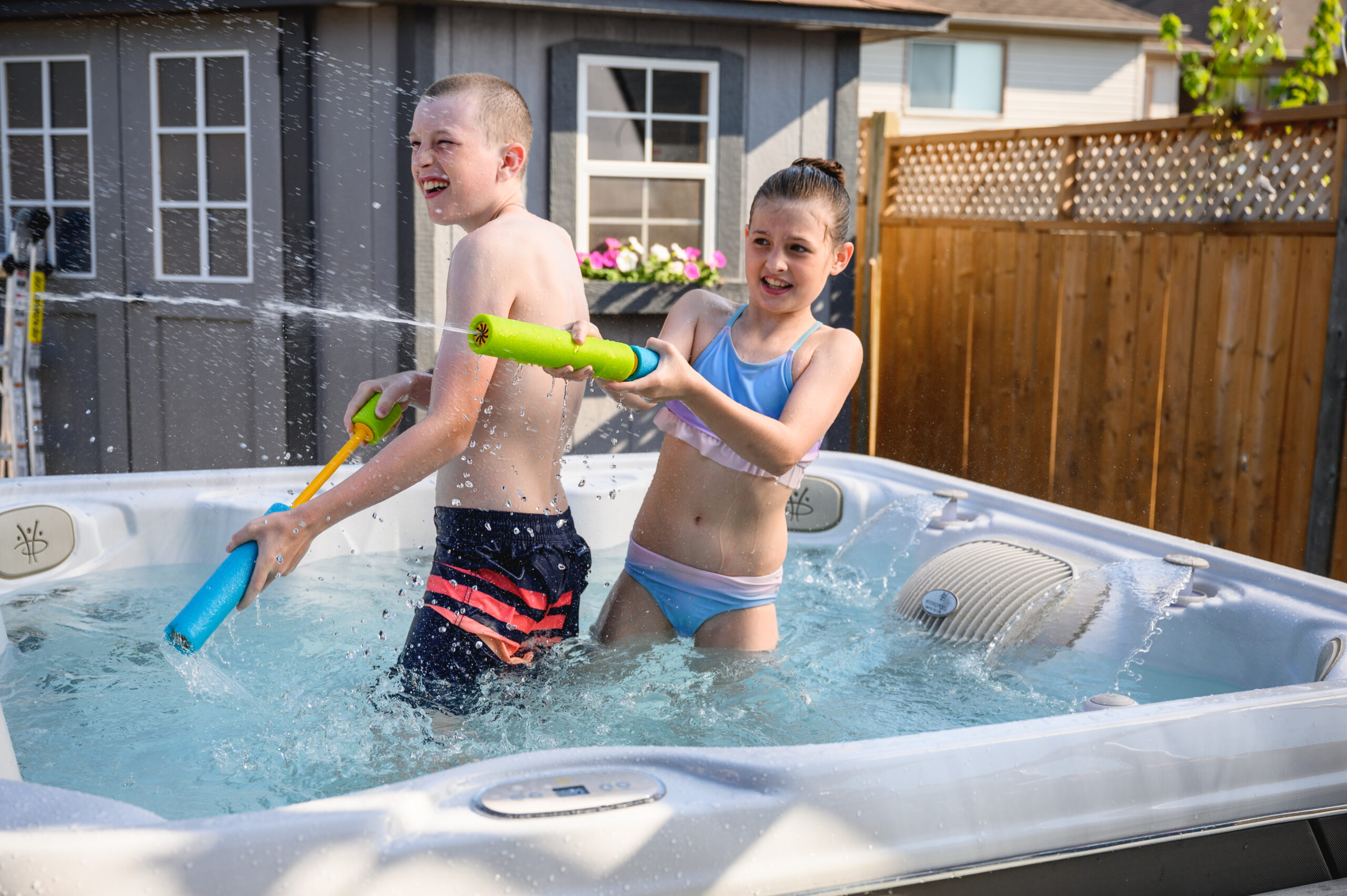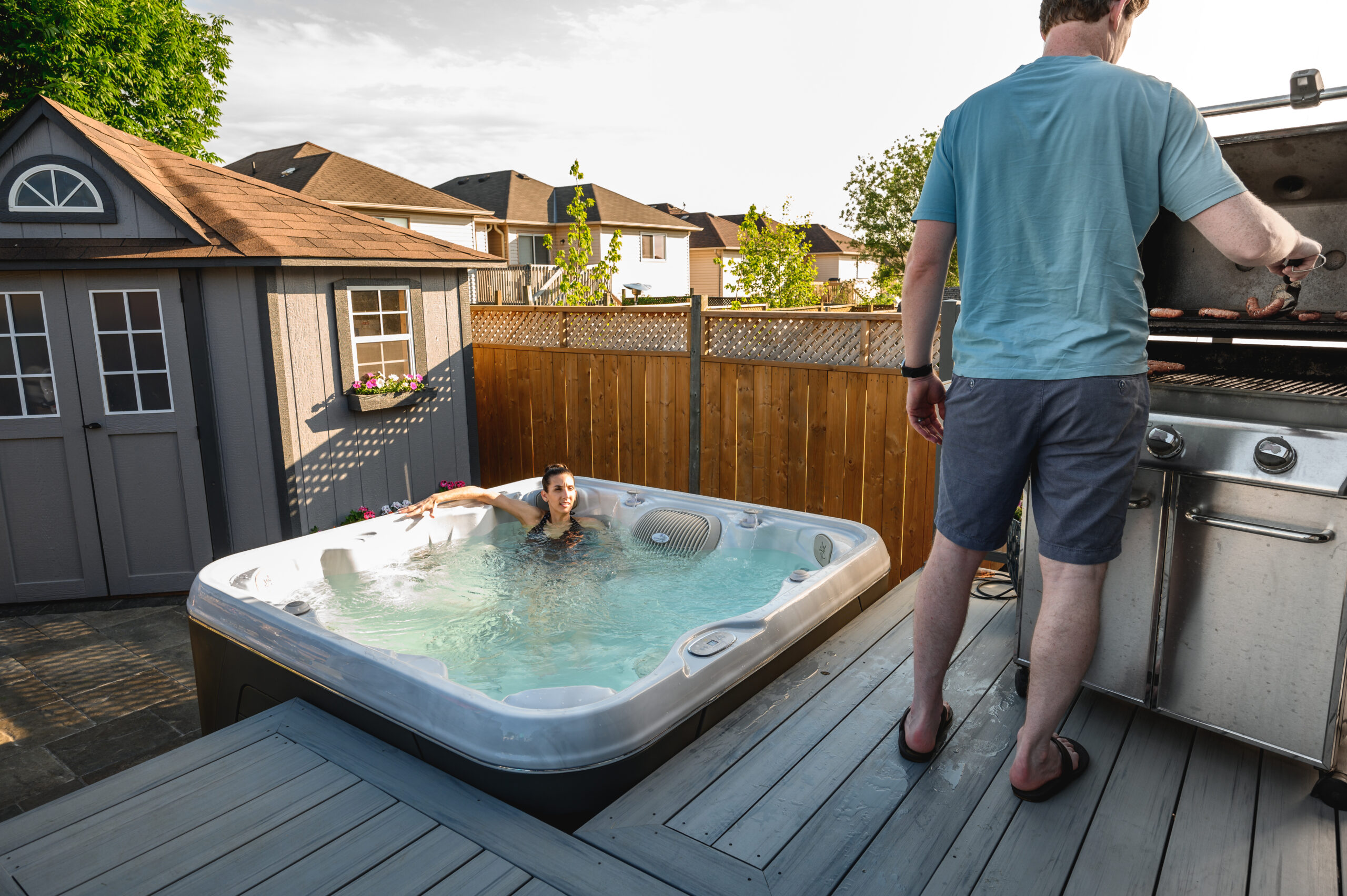Properly taking care of your hot tub is the only way to ensure you’re maximizing the years of quality hydrotherapy it provides.
This all starts with your hot tub maintenance routine.
Creating your maintenance schedule is something that should be done from the first day your hot tub arrives. However, you can update it as needed throughout the years or create one now if you haven’t already.
It’s never too late to update your hot tub maintenance routine and take better care of your spa.
How long your hot tub lasts is in your hands, and with such an exciting investment, you’ll want to make sure you get the most out of it for years to come.
Whether you’re a new hot tub owner eager to begin caring for your spa or have had yours for years and want to refresh your maintenance routine, everything you need to care for your hot tub like a pro will be in this guide.
Keep reading to discover your new hot tub maintenance checklist!
Basic Hot Tub Maintenance Steps
Taking care of your hot tub is a multistep process and will require various tasks to be completed at different times.
Some things will need to be done once every few days, while others only require your attention three or four times a year.
Before we explore the more intensive steps to include in your hot tub maintenance routine, there are some basic steps that are vital to maintaining your spa’s health long-term and, if missed, can wreak havoc on your hot tub.
1. Maintain Your Water Chemistry
Your water is one of the most influential aspects of your hot tub’s longevity. If your water falls out of balance and is not properly maintained, it can cause substantial damage to your spa and its entire system.
Your water chemistry includes various aspects, and regular testing will help you easily track their fluctuations and maintain their balance. The three main components of your water chemistry include:
- pH
- Alkalinity
- Sanitizer
Your pH and alkalinity work together to ensure your water isn’t too hard or too basic. When maintaining the balance of your water, they will be dependent on each other, with one influencing the other.
When testing your water, you’ll want to ensure your pH is within the range of 7.2 to 7.8 and your alkalinity is between 80-100 ppm (parts per million).
If your pH and alkaline levels have fallen out of balance, it’s important to bring your alkalinity back into range first before your pH because it has a higher influence over your pH levels.
Your sanitizer will be the cleaning chemical you add to your water to ensure it’s safe to soak in. Most commonly, this will be chlorine.
When maintaining your sanitizer levels, you’ll want to ensure that they are always between 2-4 ppm. This will keep your water clean without overloading it with chemicals.
2. Keep Your Water Clean
Keeping your water clean takes more than simply adding your treatment products.
By being proactive, you can minimize the effort needed to maintain your water balance by keeping it as clean as possible whenever you use it.
Some ways you can keep your water clean include:
- Skimming the surface after every use
- Cleaning your shell with a spa vacuum
- Using tennis balls to soak up oils
- Showering before use to wash off any lotions or body oils
- Tying your hair back anytime you use your spa
These steps help reduce the contaminants that enter your water during regular use.
By skipping these steps, your water can become overloaded with organic matter, such as oils, make-up, hair products, lotions, and even your deodorant. Over time, this organic matter can build up, resulting in cloudy or foamy water!
You may be thinking your sanitizer will help break down these oils, however, that’s not the case.
Sanitizers aren’t very effective in combating organic matter and will need to be paired with an oxidizing shock treatment. Oxidizers help break down organic matter so your sanitizer can properly combat the other bacteria in your water.
3. Circulate Your Water Daily
Circulating your water through your system, even when you’re not using your spa, keeps your water from going stagnant or developing additional bacteria.
As your water moves through your system, it will be pushed through your filters. This ensures your system can effectively remove any contaminants from your water even when it’s not in use.
Your circulation cycle doesn’t have to be long and can even be broken up into multiple cycles throughout the day.
Generally, you’ll want to circulate your water for a total of 30 minutes each day. If you live somewhere with tiered energy rates, try scheduling this for the cheaper times of day, like early morning or in the evening.
5 Steps to Include in Your Hot Tub Maintenance Checklist
Now that you know the basic steps to keep your hot tub functioning at its best, it’s time to create your schedule for the more time-consuming yet equally important steps.
1. Clean Your Filters (Weekly, Monthly, Quarterly)
Your filters will need to be cleaned at various intervals, with each one performing a deeper clean.
Weekly
Each week, you should remove your filters from your hot tub and rinse them under gently running water.
This helps wash off any debris that’s built up on them over the week.
Monthly
Once a month, you’ll want to spray your filters with a filter cleaner, letting it soak in for 15 minutes before rinsing them off.
This spray will help loosen more stubborn build-up on your filters and give them a more thorough clean.
Quarterly
Every three months, you can soak your filters in a filter cleaner for 12-24 hours. This allows your cleaner to soak deeply into your filter’s pleats and remove any dirt and debris that’s embedded itself into them.
After they’ve finished soaking, rinse them off and allow them to dry before returning them to your hot tub.
Note: During each clean, it’s vital you inspect your filters for any damage. If they have any rips or tears in them, they will be ineffective at cleaning your water and will need to be replaced immediately.
2. Maintain Your Hot Tub Cover (Monthly)
The underside of your hot tub cover is constantly exposed to moisture and the chemicals you treat your water with.
Over time, this can result in mold developing on your cover!
Keeping it clean is easy and can be done once a month to minimize the effects your water has on it over the years.
To clean your cover, simply create a cleaning solution made of one part bleach and ten parts water, and spray it on the underside of your cover. Then, simply wipe it off!
Never use this spray on the top of your cover, as it can damage the UV protectant on it.
Additionally, you can set your cover outside to fully dry on a warm summer day. This can help combat any water buildup that naturally occurs over time, allowing the foam in your cover to fully dry out.
3. Drain and Clean Your Hot Tub (Quarterly)
Over time, your water will become over-saturated with the cleaning products you use to keep your water clean and clear.
While these chemicals are vital to your water care, you don’t want them to build up and make your water unhealthy or cause damage to your hot tub’s shell and system.
Draining your hot tub and giving it a good scrub before refilling it ensures this doesn’t happen.
Every three months, set aside some time to drain your hot tub, clean it, and refill it with fresh water.
Draining your spa can take a few hours, however, if you invest in a submersible pump, you can drastically cut down that time to just over 15 minutes, depending on the size of your hot tub.
Once drained, clean the shell with a high-quality shell cleaner, ensuring you clean around the jets to remove any oils that may have built up around them since your last deep clean.
If you’re worried about forgetting to perform your routine water refresh, sync your schedule with the seasons. Each time a season ends or begins, drain your spa. This will make it easy to remember and simple to track throughout the year.
4. Perform Routine Inspections (Monthly, Quarterly)
Keeping your hot tub in good working order also includes regular inspections of your system.
Your water comes in contact with multiple parts of your hot tub’s system, from the pump to the jets. This can cause damage over time, leading to leaks or changes in your soaking experience.
If damage to your parts is not caught early, you risk further issues arising, leading to costly repairs being needed in the future.
Each month, you should thoroughly inspect your entire system for any damage, including your:
- Pump
- Heater
- Pipes
- Cabinet
- Cover
Additionally, each time you drain and clean your spa, you’ll want to perform an inspection of your shell and your jets.
Your shell is strong, however, if it develops a crack, it can begin leaking and wreak havoc on your insulation, cabinet, and essential parts in your system.
The jets in your hot tub can also develop damage around their seals, which can lead to leaks or a reduction of water flow during your massage, so it’s important to inspect these during your quarterly clean while your water is drained and you have full visibility.
5. Schedule a Professional Hot Tub Service
Whether you want peace of mind or simply prefer to have professionals manage your spa, including a routine professional hot tub service visit in your regular schedule can help.
Professionals know what to look for when inspecting your system, and can catch and repair issues early on, before you may realize they’re even happening.
This can especially be helpful when it comes time for your quarterly clean. Professional hot tub service techs can be scheduled to drain your hot tub, inspect it, and refill it for you, making it easy to maintain your spa without the work.
Professional Hot Tub Maintenance in Sacramento
Are you ready to invest in a hot tub or need the supplies to maintain yours properly throughout the year?
All Seasons Pools & Spas is your one-stop shop. From routine maintenance to industry-leading spas, we’ve got it all. With five locations in the surrounding communities of Sacramento, our showrooms are conveniently located to make your experience as easy as possible.
Need help? Contact us or request a service appointment online. To discover your dream hot tub, visit your local showroom today.
